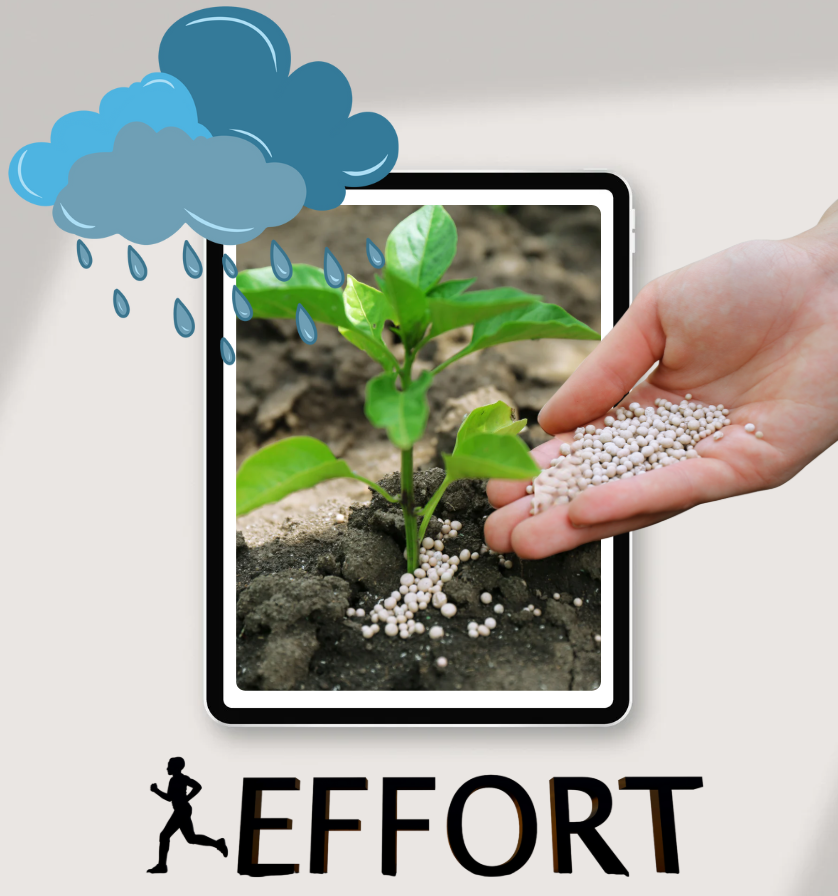
Should Glufosinate Be Used in Organic Farming? Residue Risk and Best Practices Explained
Is Glufosinate safe for use in organic or clean farming systems? Learn about its residue levels, safety profile, and whether it aligns with organic standards. A comprehensive guide for farmers and agronomists.
Table of Contents
- Overview of Glufosinate
- Is Glufosinate Allowed in Organic Farming?
- Assessing Chemical Residue on Crops
- Risks and Limitations in Organic and Clean Models
- Organic-Friendly Alternatives and Solutions
- Conclusion
1. Overview of Glufosinate

Glufosinate Ammonium is a non-selective contact herbicide commonly used in conventional agriculture.
- Mode of action: Inhibits glutamine synthetase, causing ammonia accumulation in plant cells → rapid cell damage and weed death
- Key features: Fast-acting (1–3 days), non-systemic (does not move to roots), low soil persistence when applied correctly
It’s widely adopted in conventional orchards and crop fields for effective weed control.
2. Is Glufosinate Allowed in Organic Farming?

In organic systems, the primary goal is to produce chemical-free and residue-safe food.
⚠️ Key points to note:
- Strict organic certifications (USDA Organic, EU Organic, GlobalG.A.P.) do not permit synthetic chemicals, including Glufosinate
- Since Glufosinate is a synthetic chemical, it does not meet organic farming criteria, which prioritize natural and biological alternatives
👉 Therefore, Glufosinate is generally not recommended for organic or "clean" farming practices.
3. Assessing Chemical Residue on Crops

Residue concerns are valid, especially for export and clean-label products.
- ✅ Low residue when used correctly: When applied at recommended rates and targeted to the weed base, Glufosinate shows minimal translocation to the crop, reducing risk
- ⚠️ However: Even minimal residues are not accepted in certified organic systems – any synthetic chemical violates organic rules, regardless of residue level
4. Risks and Limitations in Clean or Organic Systems

- ❌ Loss of organic certification: Using Glufosinate invalidates organic status immediately
- ⚠️ Residue risks if misapplied: Improper dosage or drift onto crops may lead to detectable residues
- ⚠️ Soil and ecosystem impact: Though non-systemic, repeated use may impact soil microbes and beneficial insects — both vital to organic soil health
5. Organic-Friendly Alternatives and Solutions
For farmers aiming to maintain organic or low-input clean practices, consider the following:
- ✅ Biological control agents: Beneficial microbes or bio-herbicides that suppress weeds naturally
- ✅ Physical methods: Manual weeding, flame weeding, and solarization (plastic mulching) to inhibit weed growth
- ✅ Approved organic herbicides: Use plant-based or mineral-derived products that are certified for organic use
These alternatives align with organic certification standards and help preserve soil health and ecological balance.
6. Conclusion
While Glufosinate Ammonium is an effective, fast-acting herbicide with low residue when used properly, it is not suitable for organic farming due to its synthetic origin.
👉 For organic-certified production, farmers should avoid Glufosinate and instead use biological, physical, or natural alternatives to control weeds without compromising certification or food safety.
✅ Proper input choices and adherence to organic standards will help maintain high yields, safe produce, and long-term soil health.
Bình luận
Những bình luận mới nhất



